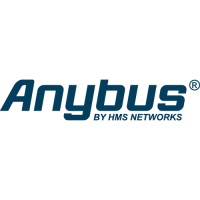Appendix A: Implementation Examples 49 (114)
A.8 Power Supply Considerations
A.8.1 General
The Anybus CompactCom 40 platform in itself is designed to be extremely power efficient. The
exact power requirements for a particular networking systems will however vary a lot depending
on to the components used in the actual bus circuitry.
While some systems usually require less than 250 mA of supply current, some high
performance networks, or networks which require the use of legacy ASIC technology, will
consume up to 500 mA, or in rare cases even as much as 1000 mA.
As an aid when designing the power supply electronics, the networks have been divided into
classes based on their power consumption as follows.
• Class A
This class includes systems which consume less than 250 mA of supply current.
• Class B
This class includes systems which consume up to 500 mA of supply current.
• Class C
This class includes systems which consume up to 1000 mA of supply current.
The following table lists the currently supported networking systems and their
corresponding class.
The following table lists the currently supported networking systems and their corresponding
class.
Network Class A Class B Class C
DeviceNet X
PROFIBUS X
EtherCAT X
PROFINET 2-Port X
PROFINET FO 2-Port X
Ethernet/IP 2-Port X
EtherNet POWERLINK X
Common Ethernet X
CC-Link X
Modbus-TCP 2-Port X
CC-Link IE Filed X
BACnet/IP X
A power supply designed to fulfill Class A requirements (250 mA), will be able to support all
networks belonging to class A, but none of the networks in Class B and C.
A power supply designed to fulfill Class C requirements, will be able to support all networks.
Anybus
®
CompactCom
™
M40 Hardware Design Guide HMSI-216-126 EN 2.6

